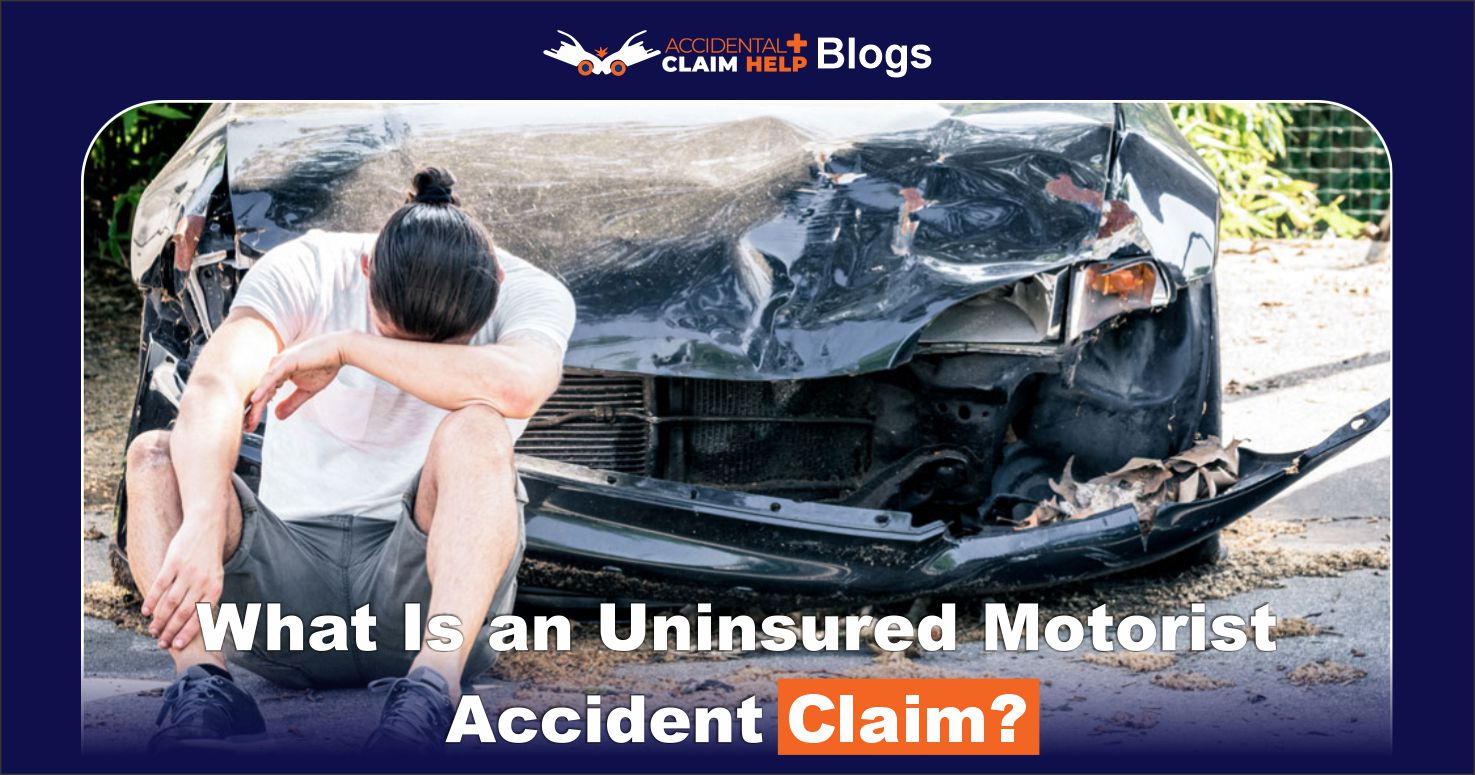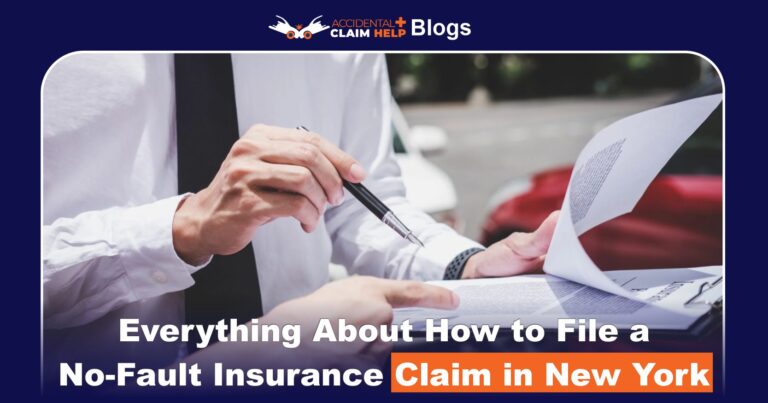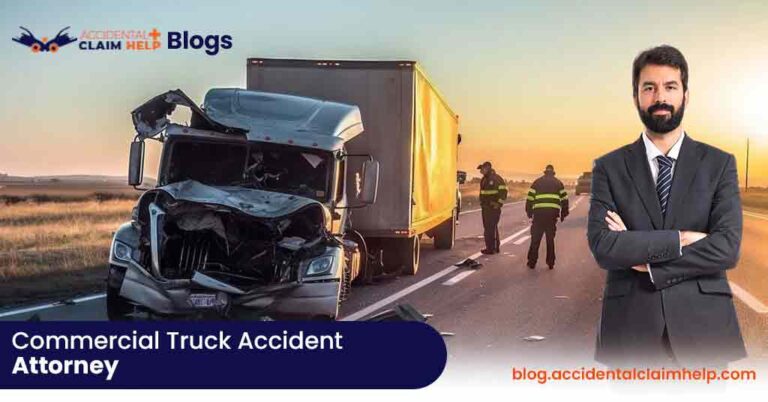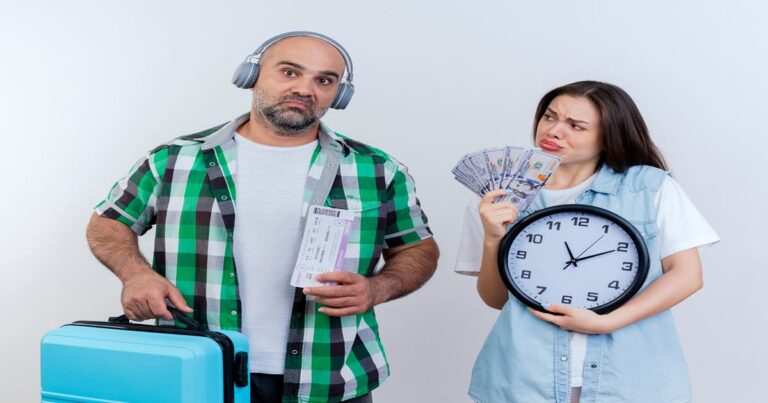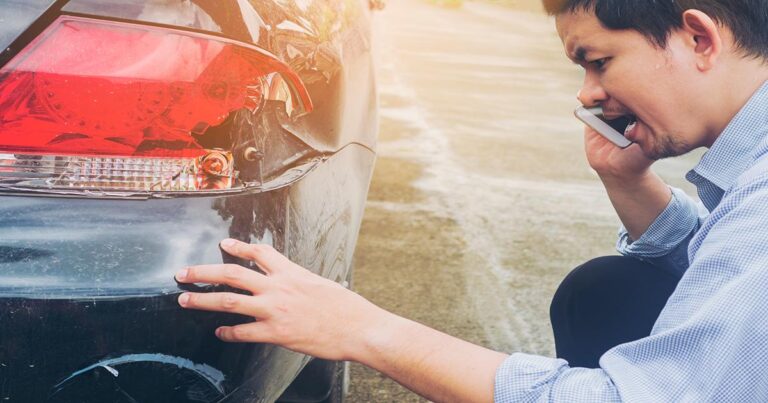What Is an Uninsured Motorist Accident Claim?
An uninsured motorist accident claim is a claim you file with your own insurance when you’re injured or your property is damaged by a driver who has no insurance or too little insurance. In that situation, the at-fault driver’s policy can’t pay your bills, so your own policy’s uninsured/underinsured motorist UM/UIM coverage steps in. This coverage can pay your medical expenses, lost wages, pain and suffering, and sometimes vehicle damage – similar to what the other driver’s insurance would have paid if they had it. In short, a UM claim fills the financial gap after a crash with an uninsured or inadequately insured driver, helping protect you from expensive out-of-pocket losses.
Understanding Uninsured and Underinsured Claims
Uninsured driver accident claims:
If the at-fault motorist has no insurance, your uninsured motorist UM coverage covers the loss. UM insurance protects you if you’re hit by a driver without auto insurance. For example, UM bodily injury UMBI coverage pays for medical bills, lost wages, pain and suffering, and even funeral costs when an uninsured driver injures you. Some policies also include UM property damage UMPD coverage, which repairs your car after a crash with an uninsured driver. Typically, UMBI has no deductible and uses the same coverage limits as your regular liability insurance. UMPD may have a deductible or may not be available in all states, and in many states, it doesn’t cover hit-and-run incidents because collision insurance would cover the car in that case.
Underinsured driver settlement:
An underinsured motorist UIM claim is similar. If the at-fault driver has insurance but their policy limit isn’t enough to cover your damages, your UIM coverage can make up the difference. For instance, suppose another driver’s liability limit is $20,000 but your medical bills total $50,000. You could accept their $20,000 settlement and then file a claim for the remaining $30,000 under your own UIM policy. In practice, UM and UIM claims are handled similarly by your insurer – the key difference is whether the other driver had zero insurance UM or insufficient insurance UIM.
The UM/UIM Claim Process
Filing a UM/UIM claim involves working with your own insurance company, which can sometimes feel adversarial because they are also paying out. In general, the steps are:
Report the Accident to Your Insurer:
Tell your insurer about the crash as soon as possible. Most policies have strict deadlines for reporting a UM/UIM claim, according to State Farm.
Document Everything:
Gather and keep records of all accident-related costs – medical bills, repair estimates, lost wage statements, police reports, and witness contact information. Take photos of injuries, vehicle damage, and the crash scene if safe.
Investigation:
Your insurer will investigate the accident. They may request the police report, review medical records, and obtain statements from you, witnesses, or the other driver. You bear the burden of proving the other driver was at fault.
Settlement or Dispute:
After investigation, the insurer will either offer a settlement or deny the claim. If you disagree with their decision or offer, your policy may require you to enter arbitration instead of going to court.
Your own medical payments MedPay or Personal Injury Protection PIP coverage will typically pay first for your medical bills, and UM/UIM coverage pays only after those limits are used up. For example, if your health insurance or PIP covers some initial costs, UM/UIM kicks in to cover things like ongoing treatment costs, lost income, and pain and suffering that are not paid by those other coverages.
After an Accident with an Uninsured Driver
Image: After an accident, call 911 and document the scene. Law enforcement can record the uninsured motorist status, which helps support your claim. Photo: police car lights
If you’re hit by a driver with no insurance or in a hit-and-run, take these immediate steps:
Check for Injuries and Call 911.
Make sure everyone is safe and seek medical help right away. Call the police so they come to the scene and make an official report. A police report is critical evidence because it documents the other driver’s insurance status and the facts of the crash, which your insurance company and any future case will need.
Gather Information.
Exchange names, contact info, and license plate numbers with the other driver. Ask for insurance info – if they are uninsured, this helps your insurer’s UM claim case. If they refuse or flee, get whatever ID or vehicle details you can and note that the driver is uninsured. Also talk to witnesses and take their info, as suggested by State Farm.
Document the Scene.
Take photos of both vehicles, the damage, and any skid marks or signals. Photographs of injuries or the positions of the cars can be very helpful, especially according to guidance from State Farm. If it’s dark or weather is bad, photos are especially important.
Avoid Roadside Deals.
Do not accept cash or promises from the uninsured driver to cover damages without involving insurance or police. These handshake deals often fall through and may even complicate your claim, as warned by State Farm.
Notify Your Insurance Company.
Report the accident to your insurer promptly. If the other driver truly has no insurance, your insurer will open a UM claim under your policy, according to State Farm. They will guide you through submitting bills and other documents.
Related Post: Do Insurance Companies Go After Uninsured Drivers?
If it was a hit-and-run, UM coverage still usually applies, but you must meet your state’s rules. Many states require some proof of the collision, such as witness testimony or physical evidence, for an unknown driver claim. In any case, using your UM/UIM coverage is the way to get compensation when the other motorist can’t pay.
UM Bodily Injury vs. Property Damage Coverage
Uninsured motorist insurance typically has two parts:
UM Bodily Injury UMBI:
This covers injuries. If you or your passengers are hurt, UMBI pays medical expenses, hospital bills, rehabilitation, and other injury-related costs. It also covers things like pain and suffering, lost income, and even funeral costs if there is a fatality. UMBI protects policyholders, household members, and passengers injured by an uninsured or hit-and-run driver. It often extends to you as a pedestrian or bicyclist as well. UMBI is usually not subject to a deductible, meaning your policy limit is fully available for claims.
UM Property Damage UMPD:
This covers your vehicle and personal property. UMPD pays to repair or replace your car when another driver who is uninsured damages it. However, many states allow insurers to impose a deductible on UMPD, and some states do not require UMPD at all. Also, UMPD may not cover hit-and-run damage in some jurisdictions – in that case, your collision coverage would be needed. If you carry collision insurance, it will cover your vehicle damage regardless of fault, so UMPD acts mainly as extra protection in uninsured-driver crashes.
To illustrate, Progressive explains that UMBI pays for you and your passengers’ medical costs when hit by an uninsured driver, while UMPD pays for vehicle damage. In many states, insurers offer UMBI with limits similar to your liability limits, for example, $50,000 per person, and UMPD with a smaller limit and deductible often around $25,000.
Do You Need Uninsured Motorist Coverage?
Laws vary by state. Roughly half of US states mandate some form of UM/UIM coverage. In those states, you must carry UMBI or both UMBI and UIMBI, often equal to your liability limits. For example, Illinois requires both UM and UIM coverage on all policies, and New York requires UMBI and UMPD. A few states even make UMPD mandatory. Other states let you decline UM/UIM in writing. Louisiana, for instance, does not require it but insurers must offer it.
Even where UM coverage is optional, most experts recommend it. Consider that about 13% of American drivers have no insurance, and in some states that rate exceeds 20%. That means one in eight drivers on the road is uninsured – a substantial risk to anyone else. If you don’t have UM coverage and you’re hit by an uninsured driver, you are on the hook personally for all your medical bills and car repairs.
Some drivers think, “I have health insurance and collision coverage, so I don’t need UM.” But health insurance typically won’t cover things like lost income, rehabilitation, or non-medical damages, and you may have high deductibles. Collision insurance can repair your car, but it has a deductible and doesn’t pay for your injuries or rental cars. Suing an uninsured motorist is usually impractical because the driver likely has no assets or insurance to pay a judgment. In practice, your own UM coverage is the only realistic source of full compensation.
Personal injury attorneys note that people who ask why you don’t need UM coverage are often surprised when they learn the risks. Relying solely on other drivers can leave you with significant out-of-pocket expenses after a crash. With UM/UIM insurance, you have built-in protection. Even if it’s not required by law where you live, adding uninsured motorist coverage to your policy is usually a smart precaution.
Conclusion
An uninsured motorist accident claim lets your insurance company cover losses when an at-fault driver has no or not enough insurance. By filing a UM/UIM claim, you can recover medical costs, lost wages, and property damage that the other driver’s policy would have covered. Because a large share of drivers lack sufficient insurance, carrying adequate UM/UIM coverage helps ensure that one car accident won’t leave you paying the bills alone. Always report accidents promptly and work with your insurer to get the compensation you’re entitled to under your policies.

